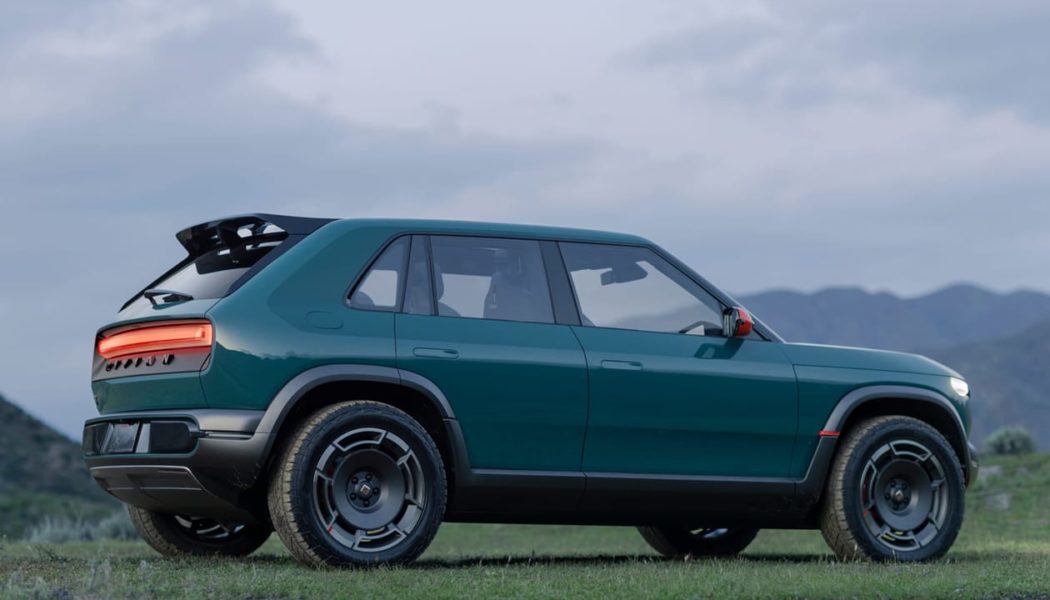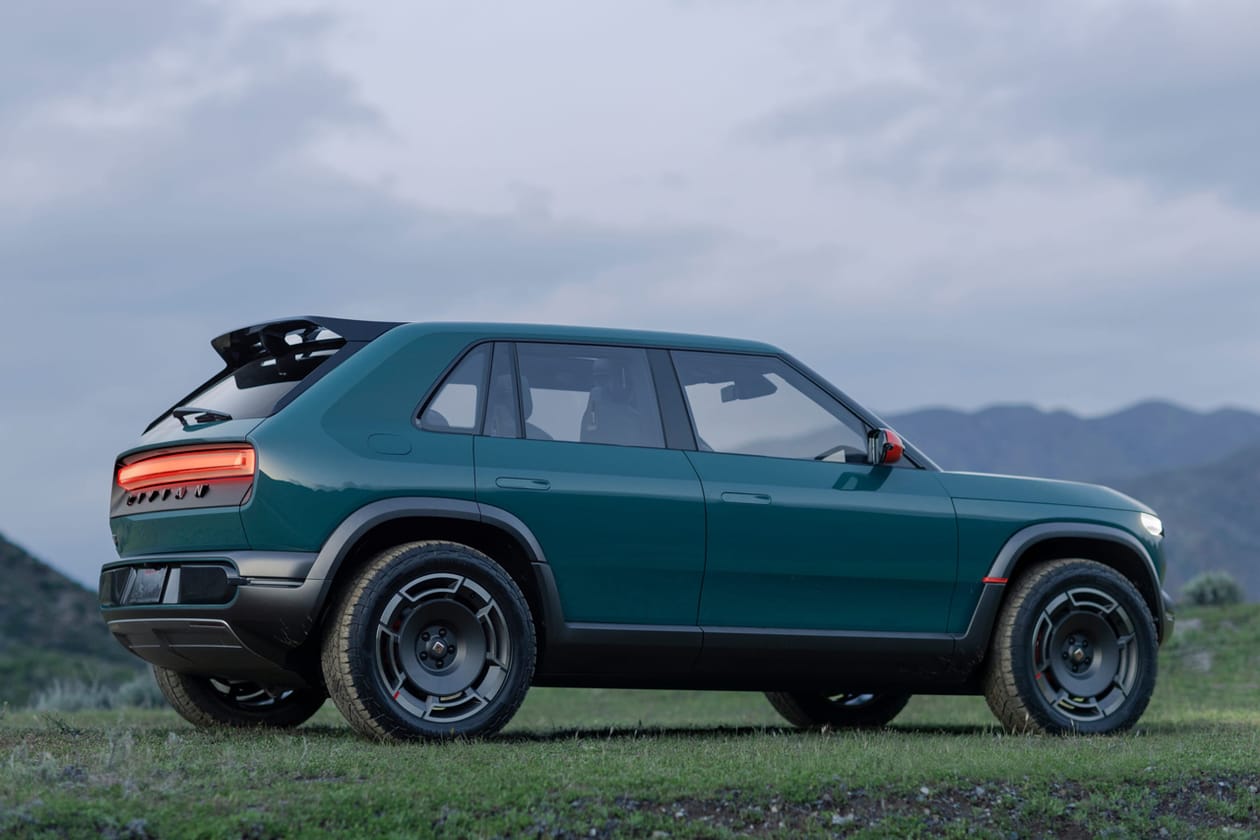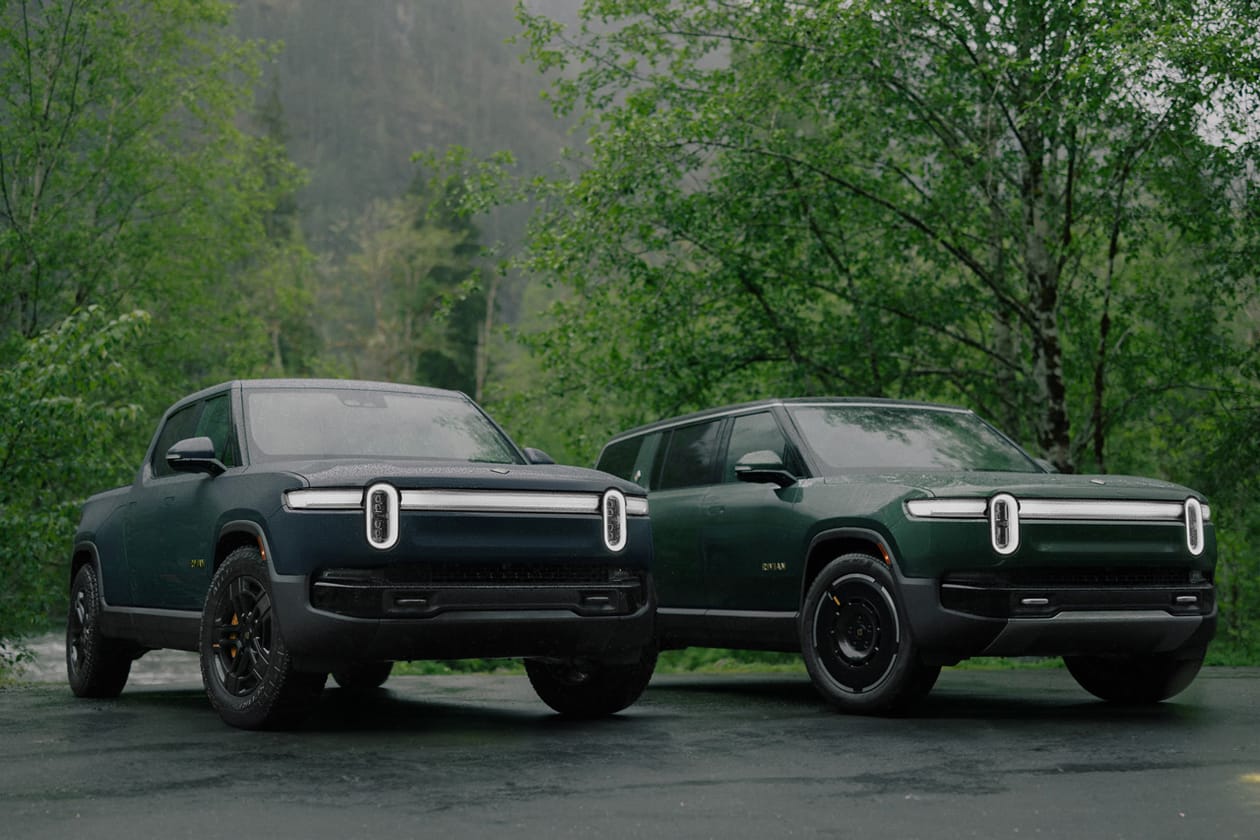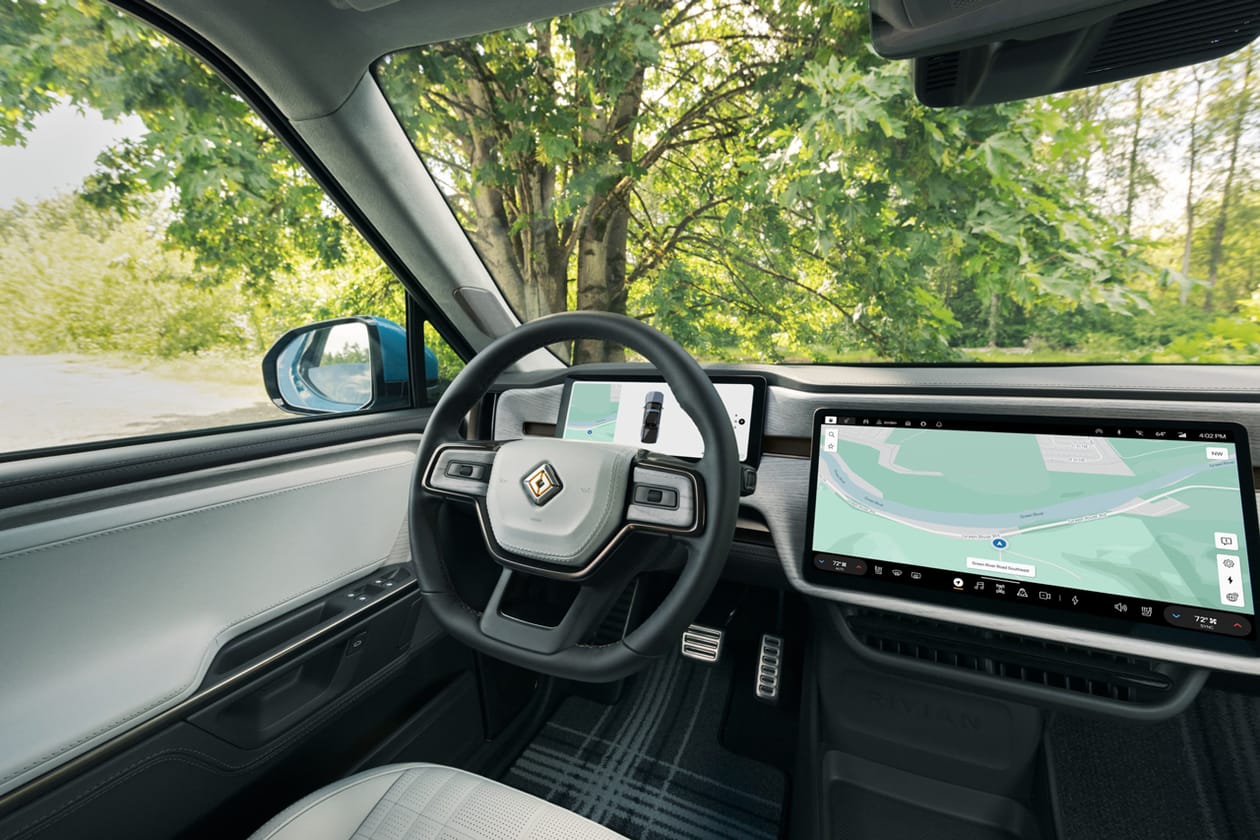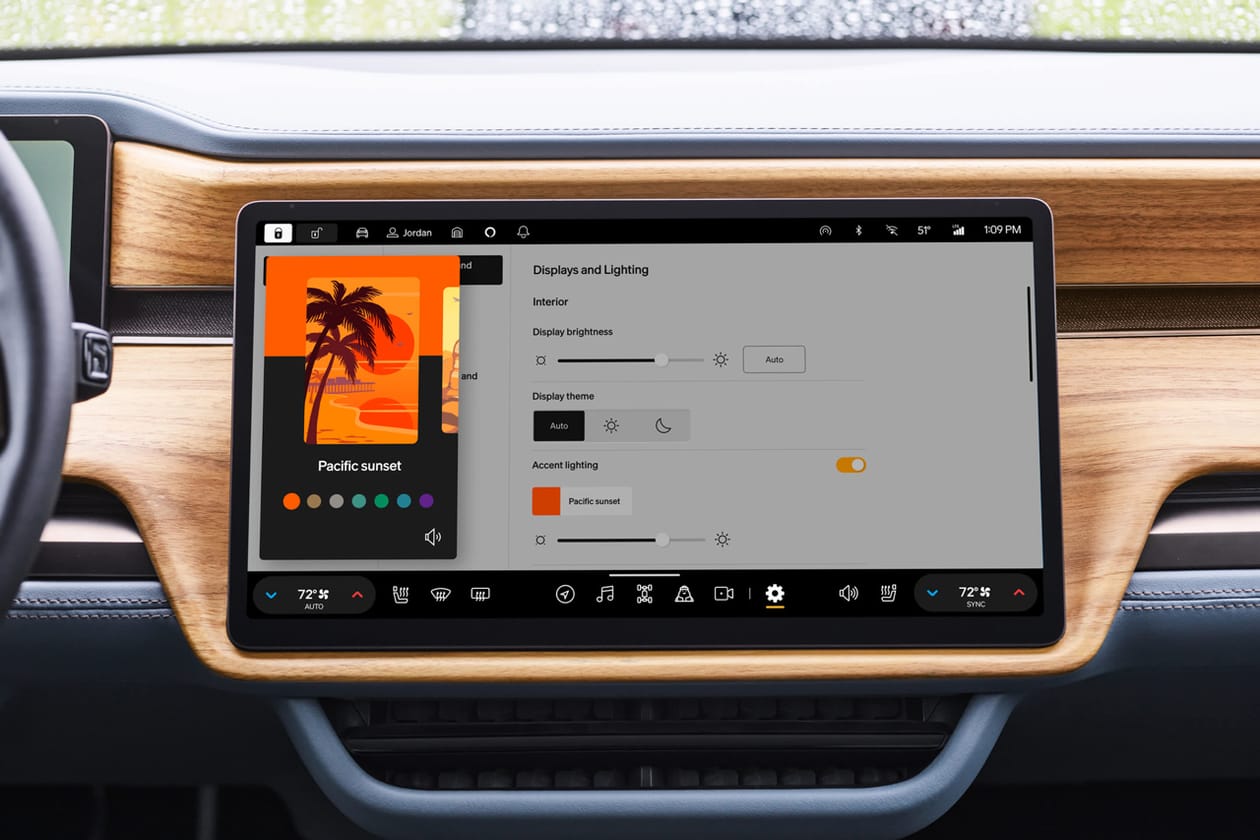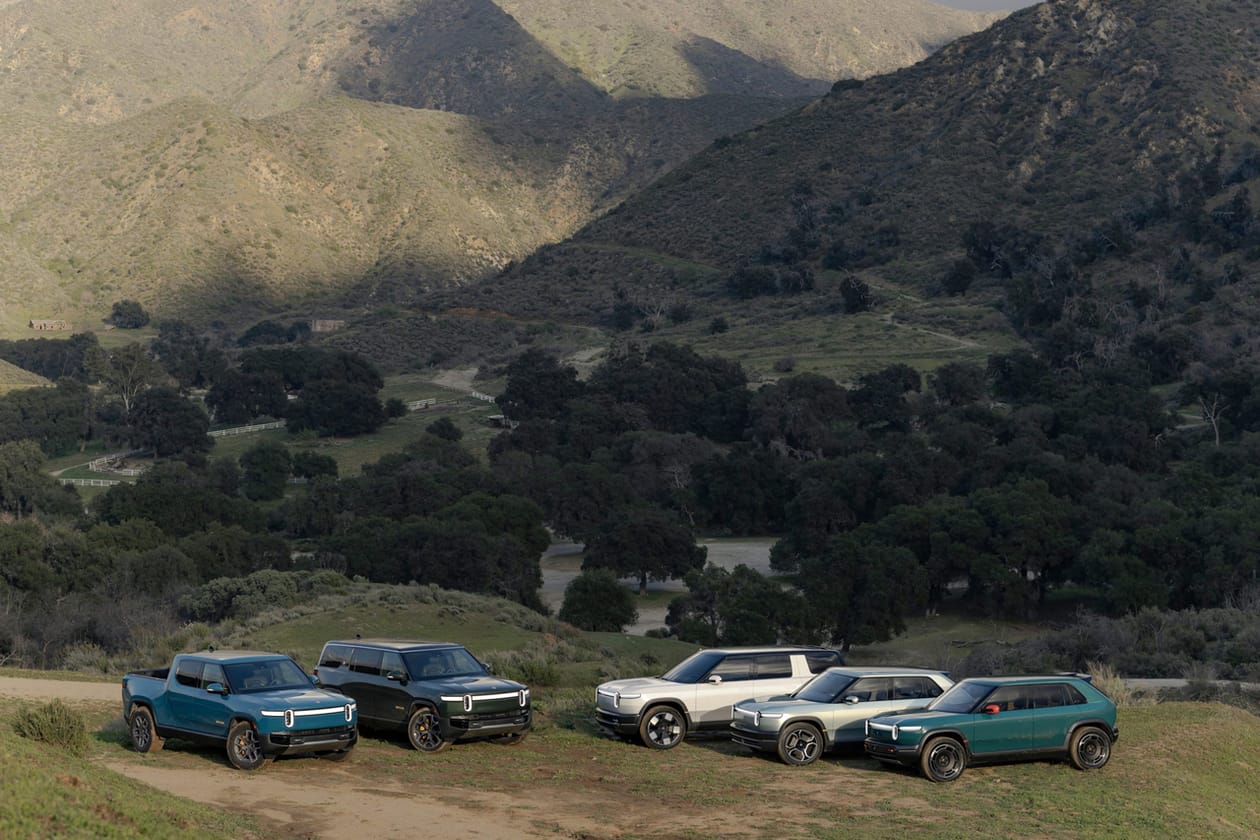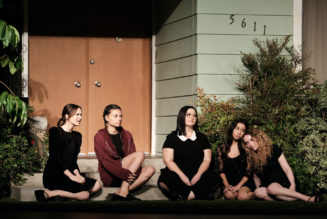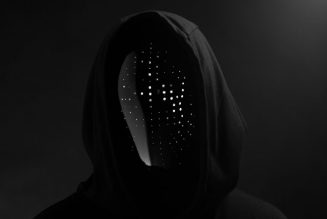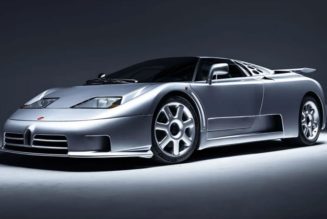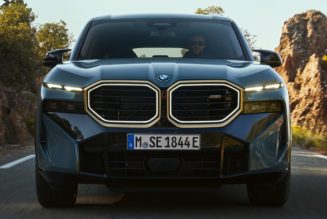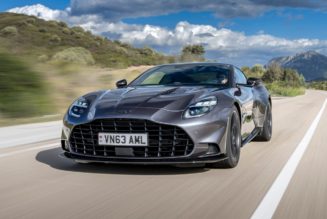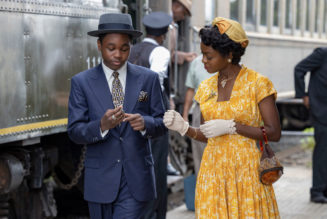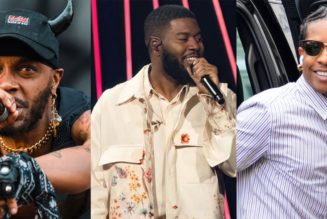Jeff Hammoud — chief design officer at Rivian and a longtime stalwart of automotive design who, before joining the company, crafted the visual identity of brands like Jeep — is more well-versed in creating visually stunning cars than practically anyone on the planet, but he wants to talk about sneakers.
“I have a lot of friends that started in sneaker design before switching fields to automotive, and we have a lot of footwear in our design studio that we use as inspiration for colors,” he says. Hammoud also notes that, apart from their aesthetic parallels (Michael Jordan‘s personal Ferrari 550M inspired for the Air Jordan 14 while adidas looked to the Audi TT while designing the Kobe 2, among many other examples), recent material innovations in footwear have influenced some of Rivian’s sustainability practices. “We have five different shoes in our office that explain how you can approach sustainability, from Allbird and adidas’ collabs to Nike’s Space Hippie line,” he notes. “They show the different facets of sustainability, and from a design standpoint, a car’s form, shape and graphics all have to work together, just like a sneaker’s do.”
Hammoud and Rivian are fresh off a major victory: just days before his conversation with Hypebeast, the Rivian R3 was crowned the best car design of 2024 by Top Gear. Inspired by Group B rally cars and boasting the combination of power, finesse and function that Rivian’s SUVs and pickups have become known for, the R3 and R3X mark a bold new era for the brand with their smaller size and hatchback rally style.
And, as the new chapter begins, Hammoud is more than ready for it. All the other chapters ahead, too. “We’re never actually done,” he says. “We want to make sure we’re constantly challenging ourselves and evolving.”
The Rivian R3 was recently crowned the top car design of 2024 by Top Gear. What does winning an award like that mean to you?
That one was specifically exciting for a few reasons. First and foremost, on a personal note, I grew up watching Top Gear so being awarded something from them feels like a full-circle moment. But from a professional sense, to explain what excited us so much about that award, I’ve got to take it back to when we unveiled the R2. It was what a lot of people expected it to be, and that’s what we were aiming for — something that could take the features that were great about the R1 and present them in a smaller, more affordable package so more people could get in our cars. But everyone thought the R3 was going to be something like a smaller truck, and we knew that, so we thought it was a great opportunity to show how our brand could stretch. That we could make something smaller, something for an urban environment that’s still distinctly Rivian.
Where did the inspiration for the R3 come from?
The brand has two personalities: its off-road capability and its on-road capability. Obviously I’m biased, but if you drive an R1 off-road and on-road and see what it can do dynamically in both settings, I don’t think there’s another vehicle that can perform both of those tasks to such a level. Usually there’s a big trade-off between one and the other. So that gave us an idea: how would we make a solo rally car? We thought about Group B rally cars, a period in rally that European manufacturers dominated, and combined that with the knowledge that the R2 would be our first true global product while the R3 would be a big push in the European market. So, to tie back to your previous question, to get an award from a European publication for a vehicle we haven’t even released yet let us know that we really hit the mark on both sides of the ocean [laughs].
Does the thought of winning an award ever cross your mind while you’re designing, or do you just aim to express a certain aesthetic or ethos and hope it resonates?
I try to go in and create something from the point of passion, then hope that people appreciate that passion. When you create products without passion, they generally don’t have a point of view. If you’re trying to make something that everyone loves, all you’ll make is something that nobody hates. And that doesn’t spark any emotion. But I can say, when we were working on the R3, and more specifically, the R3X, everyone in our studio was really excited about it. I’ve been designing in the automotive industry for a long time, and I was like “Man, this is the most proud I’ve been of anything I’ve ever worked on.” But at the same time, I understand that you never know how your work is going to be received until you show it, and of course your timing has to be right too. The response it’s gotten has been really great, both in the context of the award and what the general public things too.
You’ve been at Rivian for almost a decade now. Tell me what you think about how the brand’s design language has evolved — do you feel like you’re approaching any sort of “ultimate expression” of Rivian?
When I started at Rivian in 2017, the company was very small and RJ [Scaringe, Rivian founder and CEO] wanted to do an electric SUV and truck. That was all I knew at the time, and I was coming from a decade working at Jeep, which is obviously a huge company. We didn’t have a design team or a design process at Rivian yet, so from my first days in May 2017 to us showing our first cars in November 2018 at the LA Auto Show was an absolute sprint in terms of building a team and a design process. Looking back and knowing what I know now, I might not have joined knowing how hard it is to actually start a company [laughs]. But the beauty of that, and the beauty of my naivety at the time, was that there was this optimism baked into everything we did, and that’s still part of the company today.
Look at modern trucks. They all have these big, massive grilles. They all look super aggressive. We want our vehicles to be tough and capable, but also want them to be inviting. They don’t have angry faces or a dystopian design outlook. They’re warm and optimistic. Something that I think is very powerful in design — and this applies to all types of design — is that if the design is something that you can draw easily then you’re on to something. Regarding the “ultimate expression,” I don’t think there’s ever an ultimate expression. We’re never actually done. We want to make sure we’re constantly challenging ourselves and evolving.
To your point about optimism, there’s a really interesting element of geekiness and nostalgia to some of Rivian’s features — from the shape of the headlights to the special Back to the Future and Knight Rider UX packages you’ve created for Halloweens past and the cel-shaded, anime-inspired graphics on the car’s central touchscreen. Why is it so important to bring that fun, that personality?
Since we produce software-defined vehicles, a lot of what we do is about the user experience. One thing that comes to mind for me is our gear guard mascot, this furry little creature. One of the unique ways that applies to our cars is, for example, security. There’s another automotive brand that I won’t name, but when someone gets close to their cars, that individual will be informed that they’re being monitored. That can be a bit of a combative moment, so for us we wanted to make it playful — someone who is notified in that way will see this little furry creature, and probably laugh like “What is this thing? What is it doing?” We feel like moments like that might make someone laugh instead of being like “You know what, I want to key this car.”
And that fun little creature can speak to the capability of our vehicle too: the performance is serious but it can be communicated in a good-natured way. We recently announced our new quad motor R1, which is a 7,000 pound vehicle that can go zero to 60 in two and a half seconds — faster than most supercars — and go a quarter mile in 10 and a half seconds, but is also an amazing car for rock crawling. It’s our most hardcore, most badass car, and our design team was asked to create a special logo for it. You think of the specialized, sporty, aggressive logos used for Mercedes-AMG or the BMW M series, and you’d think of something similar for the quad motor R1, but one of our designers, almost as a joke, mocked up the gear guard character with his hair swept back like he was moving really fast, and RJ loved it. We have all these serious things, but the car itself is silly and fun. Like, a 7,000 pound truck doing a quarter mile in just over ten seconds is amazing from a pure performance standpoint but also just a flat-out fun one.
As to how that applies to the UI, we feel that all the different drive modes available on our cars are best explained in a playful-yet-direct fashion. The images are all cel-shaded, and, for example, if you switch the car to snow mode or sand mode, those images show you exactly what you’re doing and almost add a gaming sort of element to it. If the UI illustrations are too literal, it’s honesty a bit weird. It’s like sitting in your car holding a picture of your car [laughs]. That’s another superpower of our brand, where we can do fun, silly stuff like that or the Knight Rider UI, where with other brands it may seem too left field.
“Good design is problem solving” is a pretty frequently-used quote. How does that apply to automotive design?
I think it’s a matter of balance in our specific case. The biggest balance we have to strike is satisfying both the customer who wants to use the full slate of technologies and capabilities our vehicles have, giving them space to geek out as much as they want with gauges, drive settings and anything else, while also letting the people who just want to get in and drive do that without a steep learning curve.
What’s one thing that people don’t know about Rivian that you think they should?
I think it’s the full extent of our software. A lot of people in the industry, and customers in general don’t fully understand what a software-defined vehicle really means. For example, everybody says they can do over-the-air updates, but in reality there are two companies that can: us and Tesla. The features of the vehicle, the functionality, the UI can all be updated. If something goes wrong with the car, you don’t have to bring it in to be serviced. Most of the time, it can be fixed with an over-the-air software update. There’s so much you can do just with your phone, even. It’s hard to explain that unless you own a Rivian and drive it for an extended period of time that it’ll just continue to get better — and that the car you owned this year isn’t the car you’ll own next year.
Last question: what are your three favorite automotive designs of all time besides your own?
Oh man … a Mercedes-Benz 300SL Gullwing is definitely on that list. That’s my all-time dream car. Definitely some sort of Porsche 911 — if I had to pick a specific model, a 2.7 RS. Then either a Mercedes-Benz 560 SEC AMG 6.0 “Hammer,” a BMW 506 or the first-generation Audi R8.
